
Taking its name from the Japanese words “bon” meaning a low-sided pot and “sai” meaning planting, it is believed that bonsai was brought to Japan from China by Buddhist monks. This ancient practice focuses on recreating Zen-inspiring miniature snapshots of nature. It is a style that continues to captivate and inspire gardeners and plant lovers worldwide.
What’s Your Style?
At the heart of bonsai is a closely followed set of canons determining the design aesthetics of each type of bonsai. Covering everything from the shape and size of acceptable containers, the degree of slant or straightness of the tree’s trunk, and the number of branches a tree should have are just a few of the rules which help maintain a consistency within the various styles. Choosing the ideal style for you is simple once you understand the various elements and requirements.
Shakkan –An informal upright bonsai style, Shakkan features 45- to 60-degree slanting trunks with the first branch approximately 1/3 to 1/4 of the plant’s height. Roots grow from the side opposite the direction the plant is leaning. Subsequent branches are then alternated from side to side. The intention is to create symmetrical harmony between the slant of the trunk and placement of branches, giving the design a feeling of balance. 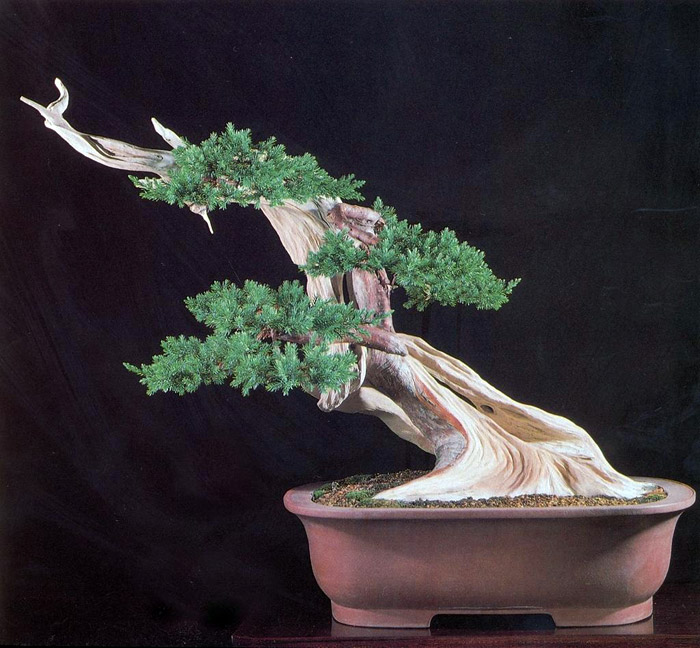
Bankan – This style is known for plants featuring twisted and gnarled trunks. The weathered appearance helps reinforce the illusion that the tree is much older than it is. Plants are sometimes grown in animal shapes such as dragons. 
Moyogi – Probably the most recognizable of all bonsai styles, Moyogi is another informal upright style and one of the best for beginner bonsai enthusiasts. Designed to represent how a tree would appear in nature. The trunk will appear aged and twisted as if worn by natural elements. 
Kengai – Also known as cascading style, the branches of the Kengai style spill down over one side in a way that is intended to resemble a tree growing on the side of a cliff. 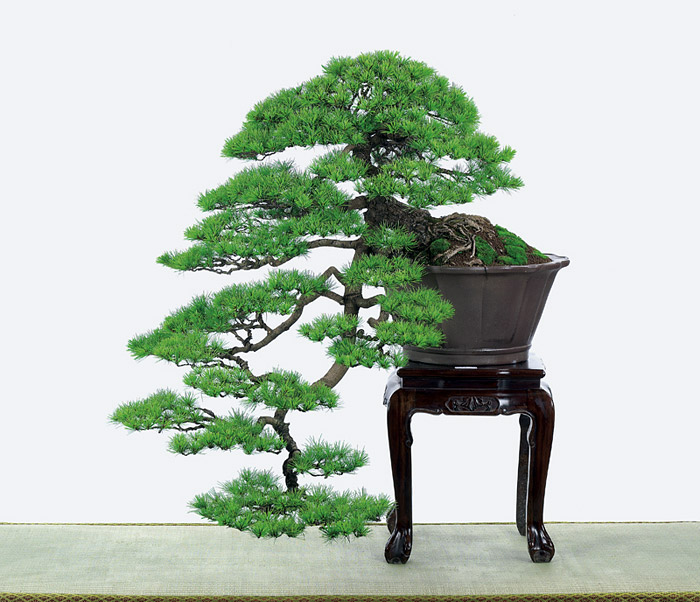
Bonkei – This is the closest to the original Chinese style. It includes elements such as rocks, moss and miniature figurines to represent mountains and oceans to produce a complete representation of nature. 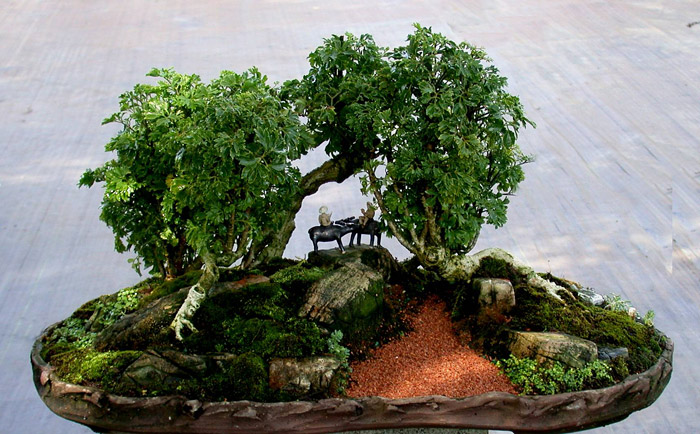
Chokkan – Also known as the formal upright style, this is one of the most complicated of all the bonsai styles. It requires strict attention to a list of rules governing the selection of container and plant design choices. Definitely not the right choice for amateurs.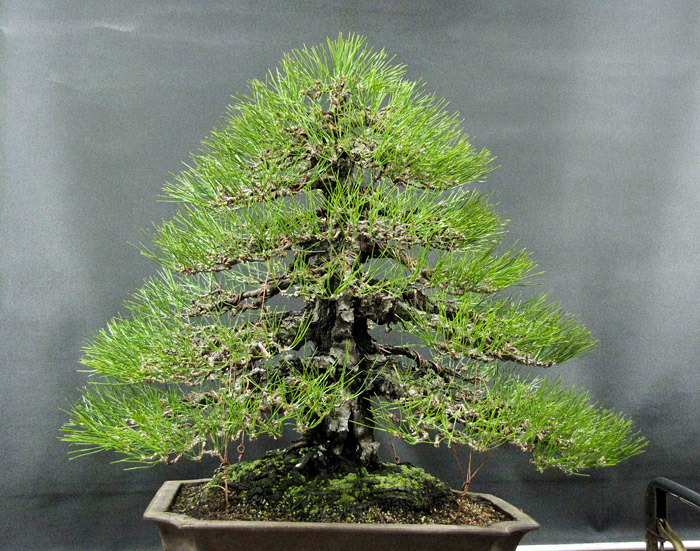
Caring for Your Bonsai
Once you’ve chosen a style you need to decide where you intend to display it. Some bonsai can work well as indoor plants, while others are much more suited to life outdoors. Thinking ahead of time where you plant to keep it will save you time, money and the disappointment of choosing the wrong plants for your specific conditions. Some of the best options for indoors are the jade plant, the ficus and the Hawaiian umbrella plant. Top outdoor picks include the boxwood, the Fukien Tea, kumquat and the Chinese elm.
Bonsai may require a bit of planning and effort to keep the plant’s beautiful visual esthetic; however, this shouldn’t discourage anyone from giving it a go. The practice of caring for your plant is part of the allure of the bonsai that will reward you with years of enjoyment.

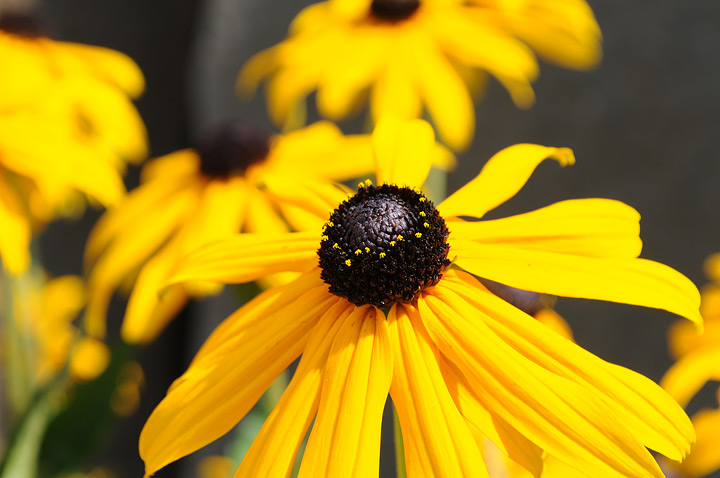

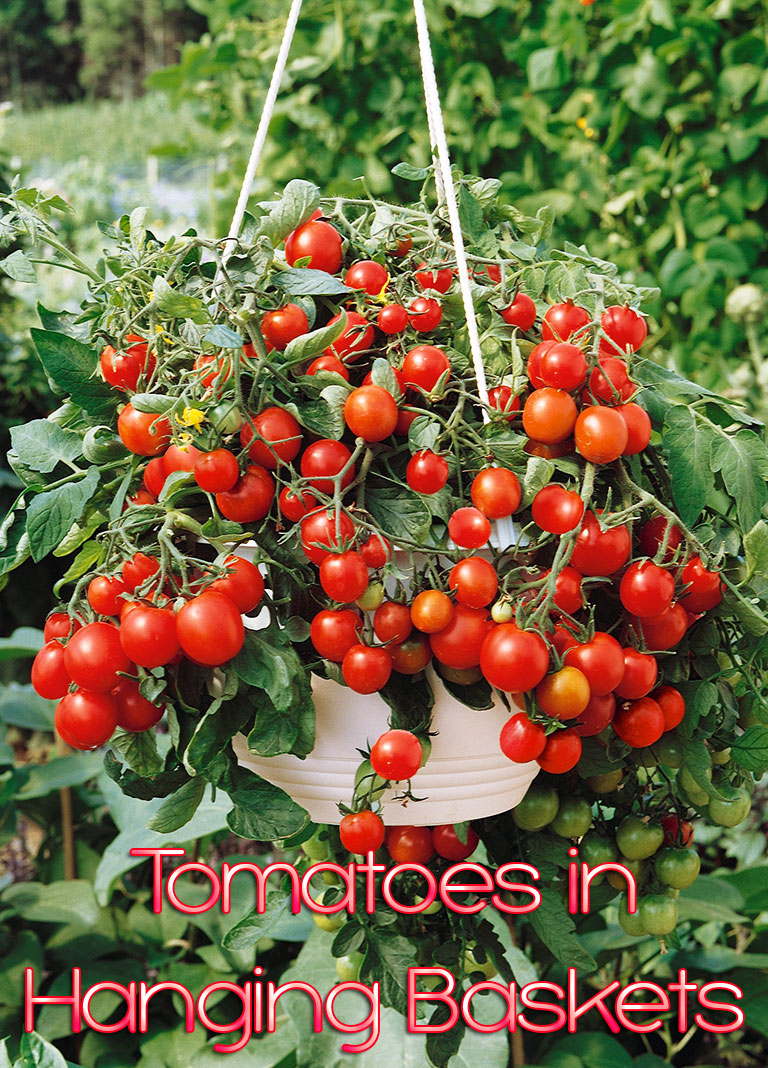
Leave a Reply